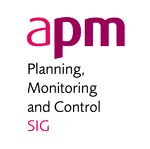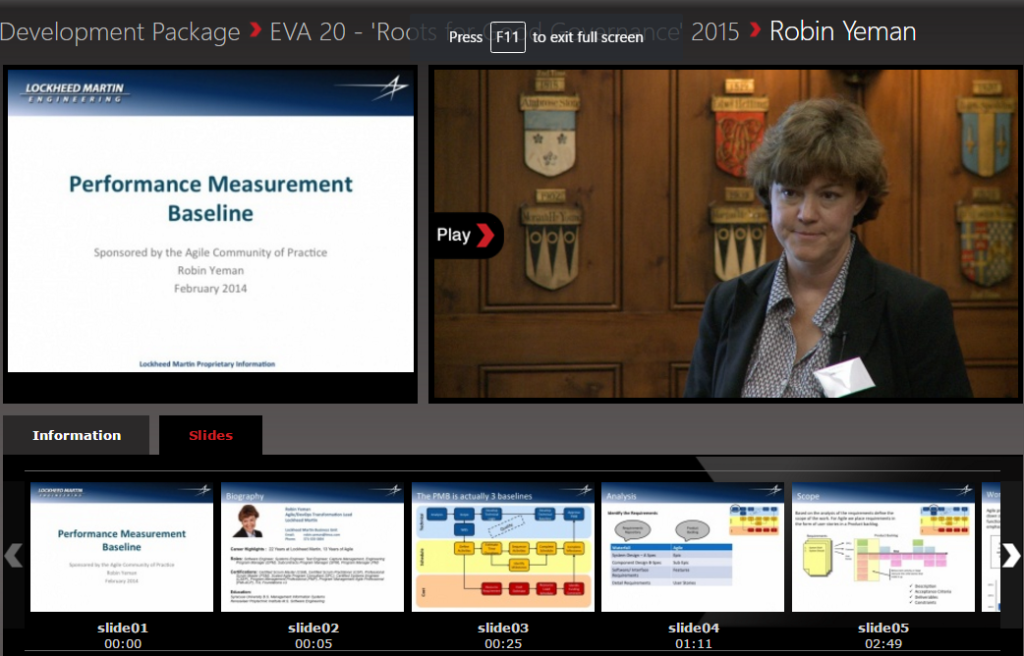Agile Project Management under the Microscope
The Agile Manifesto was signed 15 years ago but the last couple of years has seen; a proliferation of interest the use of agile methods and language in project management.
As agile has grown in popularity and become more widespread in it use – way beyond software development – this has not been accompanied by sufficient levels of knowledge, understanding, and experience within the work force. In many cases there has been an over-optimistic view of what can be achieved. Agile has been deployed on some the biggest and most complex projects and occasionally these projects have failed to deliver.
There is no doubt that Agile Project Management is here to stay – so perhaps it is the right time to put it under the microscope!
Delivering Major Projects: The Agile Experience
In a recent Public Accounts Committee hearing on Delivering Major Projects in Government [See NAO report] the committee heard evidence from John Manzoni, Chief Executive of the Civil Service, and Tony Meggs, CEO of the Infrastructure and Projects Authority. Watch the short excerpt from Parliament TV below where the use of agile in major projects is discussed. [Read the full transcript here – See Q. 17 & 18 pp. 9 & 10]
John Manzoni, speaking about three projects in the government major projects portfolio [GMPP] that had ‘fallen into difficulty’ namely; Common Agricultural Policy Delivery, e-borders & Universal Credit, stated that this had occurred ‘at the moment that we were [all] learning … about how the new and digital technologies could be applied to big, big business processes.’
He explains “What I mean by that is that the gated process had hitherto been completely best practice in all major projects across the private sector and the public sector, but it was then said, we are Agile now; we are not Waterfall.
Now we know that no project is either Waterfall or Agile; they are a good mixture of both. The judgement and the decisions about how you do each front-end bit might be Agile, but some of it is Waterfall.
Those three occurred right at the moment that everybody was learning that. That is not an excuse, but it is partly an explanation. We are beginning to learn minimum viable product. For example, when we don’t know what the end state will be. Universal credit has been built in a minimum viable product way, in a digital sense, and now it is going to be expanded and built.”
City AM Business Supplement
 Steve Wake Chair, Association for Project Management, in his contribution to an expert panel discussion on the Adoption of Agile in makes the observations below.
Steve Wake Chair, Association for Project Management, in his contribution to an expert panel discussion on the Adoption of Agile in makes the observations below.
[See full story on APM site Download City AM’s Agile Business Report]
What are the key milestones you predict for Agile in 2016?
For me the greatest indicator will come when agile is treated as completely normal, accepted and understood. It needs to be communicated better. APM sees that and is helping by working with DSDM and our agile and project experts and practitioners to produce a small handbook of practical advice that works.
The faster we all try it and use it, the faster we will know how, when and if to use it. Learning by doing. That’s agile. My hunch is that many non-agile users do it already. They just don’t call it agile.
How does an organisation get started on the Agile journey?
The real trick to using any method is like playing golf. You know the target and you know the terrain. There are obstacles, but you know and understand them. You choose the right club for the right moment.
I would deploy agile at moments of greatest uncertainty in the early stages of a project. I would link it to risk assessments. The greater the risk, the more likely you are to deploy agile. Simple. And make sure it fits properly into governance so you can monitor, assess and manage up and down the line.
How can organisations ensure that Agile delivers real business value?
If a method delivered value, then Prince2 would rule the earth! On my planet it does not. Value is delivered from humans, by humans, to and for humans. Generally clever, lucky or rich ones.
Great ideas can be made better by methods such as agile or earned value management [EVM]. Bad ideas just get the accident delivered faster and more visibly.
One consolation for those with the courage to do it: fortunes can be saved by early cancellation. But, it’s better to make sure the idea was a good one in the first place.
So what are we going to do about it?
 To get the ball rolling APM Planning Monitoring and Control SIG [PMC] is intending to work with DSDM, led by Steve Messenger to produce something of value to all who come into contact with agile. It might be a work-group. It might be discussion or a workshop and it might end up as a document. We are open-minded.
To get the ball rolling APM Planning Monitoring and Control SIG [PMC] is intending to work with DSDM, led by Steve Messenger to produce something of value to all who come into contact with agile. It might be a work-group. It might be discussion or a workshop and it might end up as a document. We are open-minded.
I would encourage anyone who is interested in getting involved to Get in touch with the PMC SIG if you have an interest in some way. We’ re just setting this up.
I am certain that the next project to save the planet, or push forward the boundaries of the possible, will involve agile in some way. It is here to enhance and improve what we currently do. It took more than 40 years for the APM to produce a proper guide to planning. We guarantee that we will beat that time-scale for this work!
Bringing Projects to Life [with Agile] #eVa21
 Steve Wake is the organiser of long established the eVa Major conference for project controls knowledge, know-how and networking. The conference is now in its twenty first year – hence #eVa21- and this year is being run in conjunction with a number of hands-on workshops.
Steve Wake is the organiser of long established the eVa Major conference for project controls knowledge, know-how and networking. The conference is now in its twenty first year – hence #eVa21- and this year is being run in conjunction with a number of hands-on workshops.
Once again agile will be on the conference programme. Karolina Jackson-Ward, Projectplace, will provide insights on how ‘Effective leaders create value-driven teams’ and Hugh Ivory, DSDM will provide his a new perspective. Representatives from PMC SIG will be on hand to share knowledge and experience.
Steve says “This is certainly not a story of doom and gloom. Last year, at our Putting down roots for good governance conference, [#eVa20] we heard from Robin Yeman, who is the Agile Transformation Lead at Lockheed Martin. She gave a compelling account of Enterprise-level Agile Delivery as she explained where agile fits within an organisation of 130,000 employees that ‘builds very big things; such as fighter jets, space shuttles and surface ships.’”
Speaking on the topic of ‘Integrated Performance Measurement Baselines for Agile Programs’ Robin explained
“One of the mistakes project teams make is the assumption is that Agile is only utilized for software development. In fact, agile supports solutions to complex problems through cadence, synchronization, and rapid feedback loops.”
Watch presentation on PM Channel here [See Roots for Good Governance, 2015 section]
At APM PMC SIG Energising your project projects conference [January 2015], Steve Messenger, DSDM, summed up agile project management rather nicely as he concluded:
‘The purpose of Agile Programme Management is to deliver what is required, when it’s needed, no more and no less.’
His presentation can be found here
>> Back to home <<
